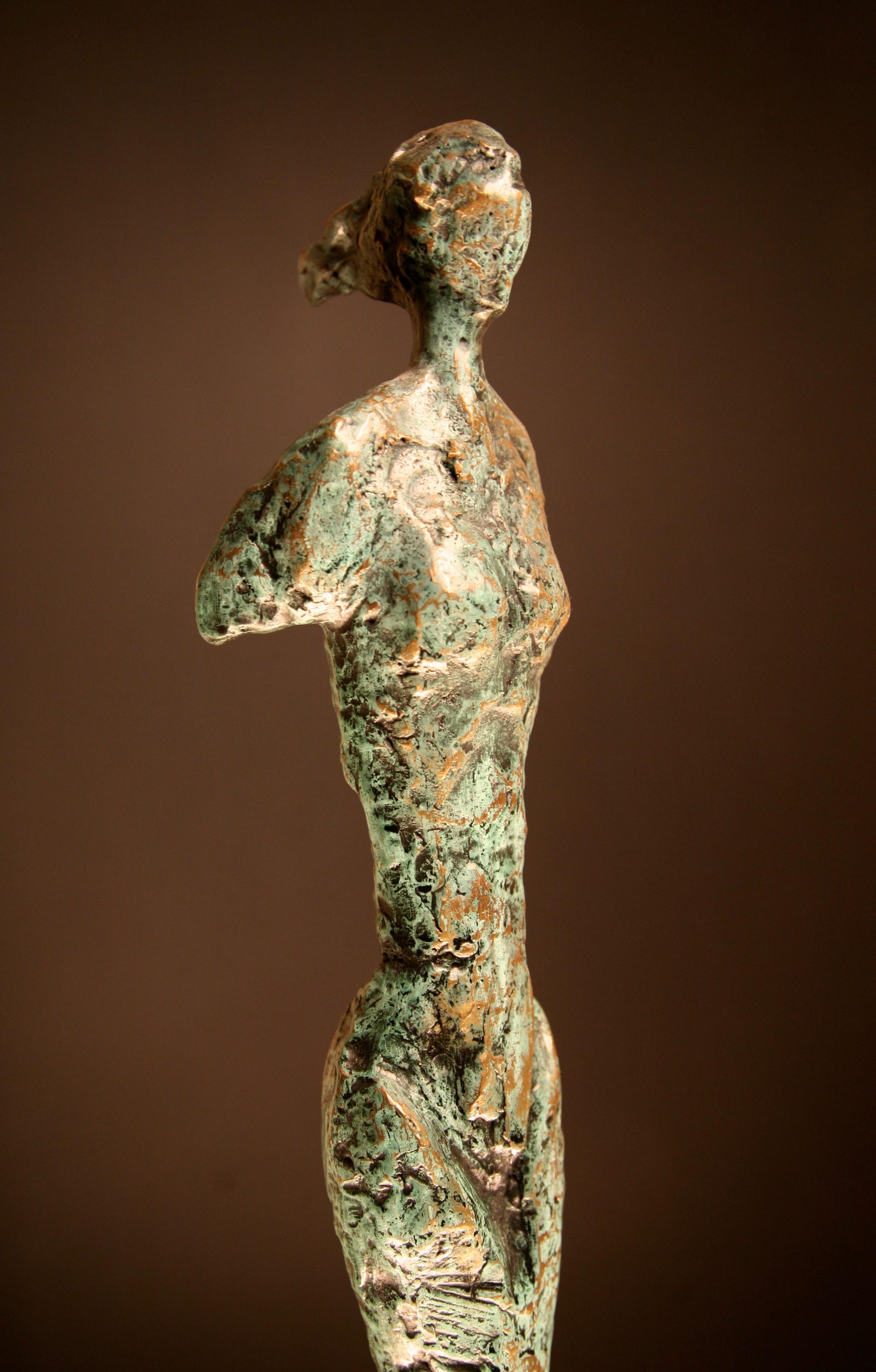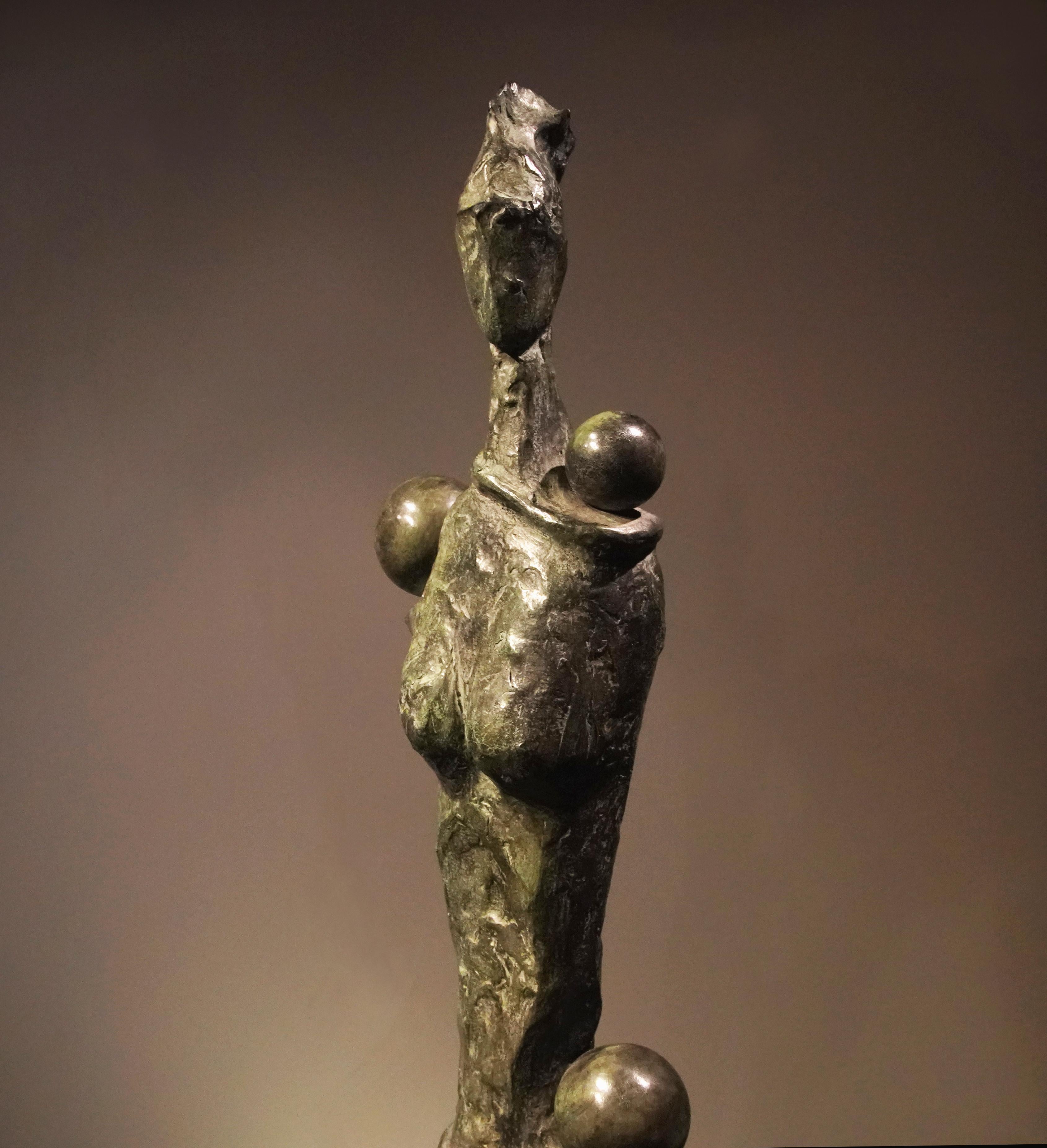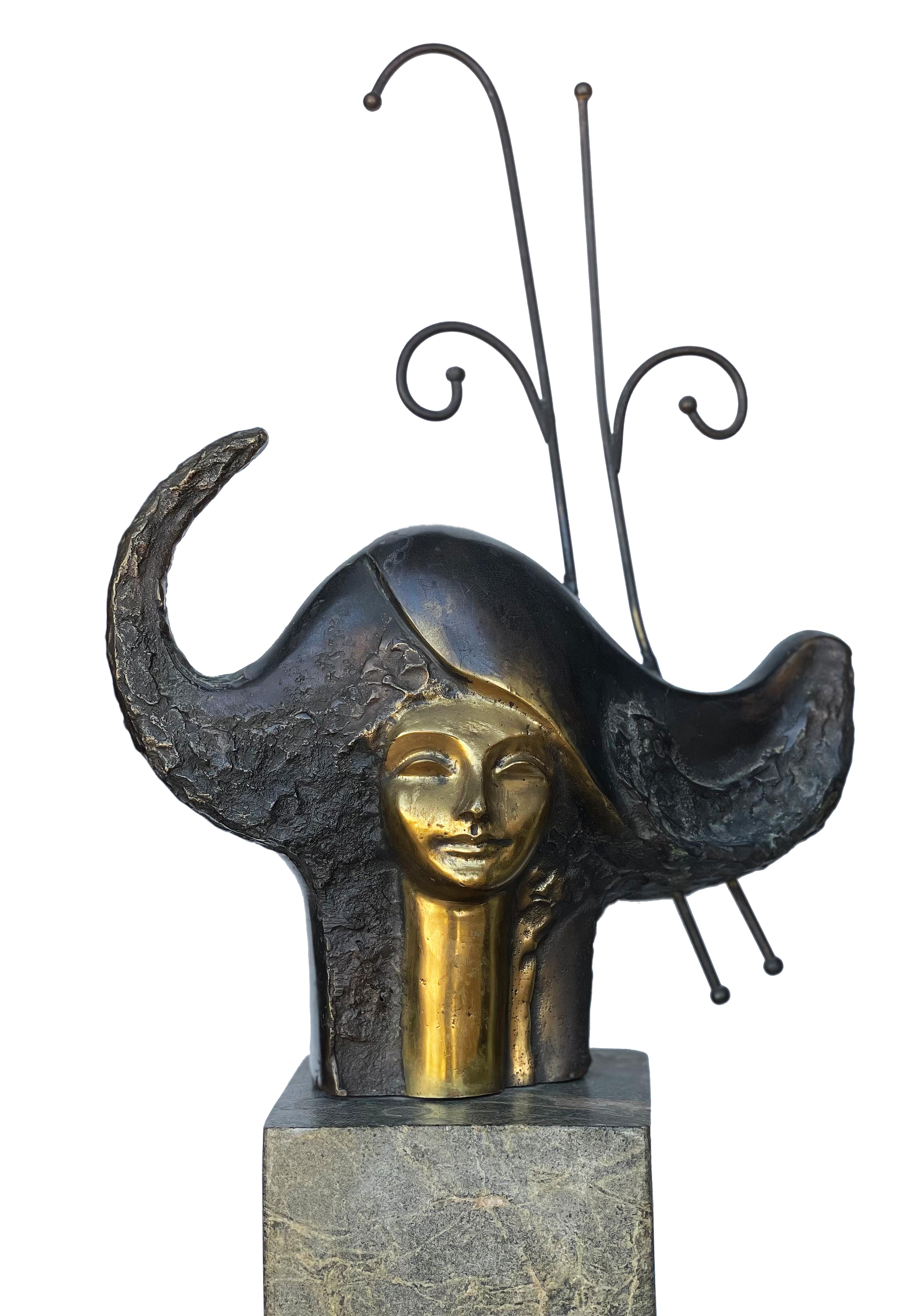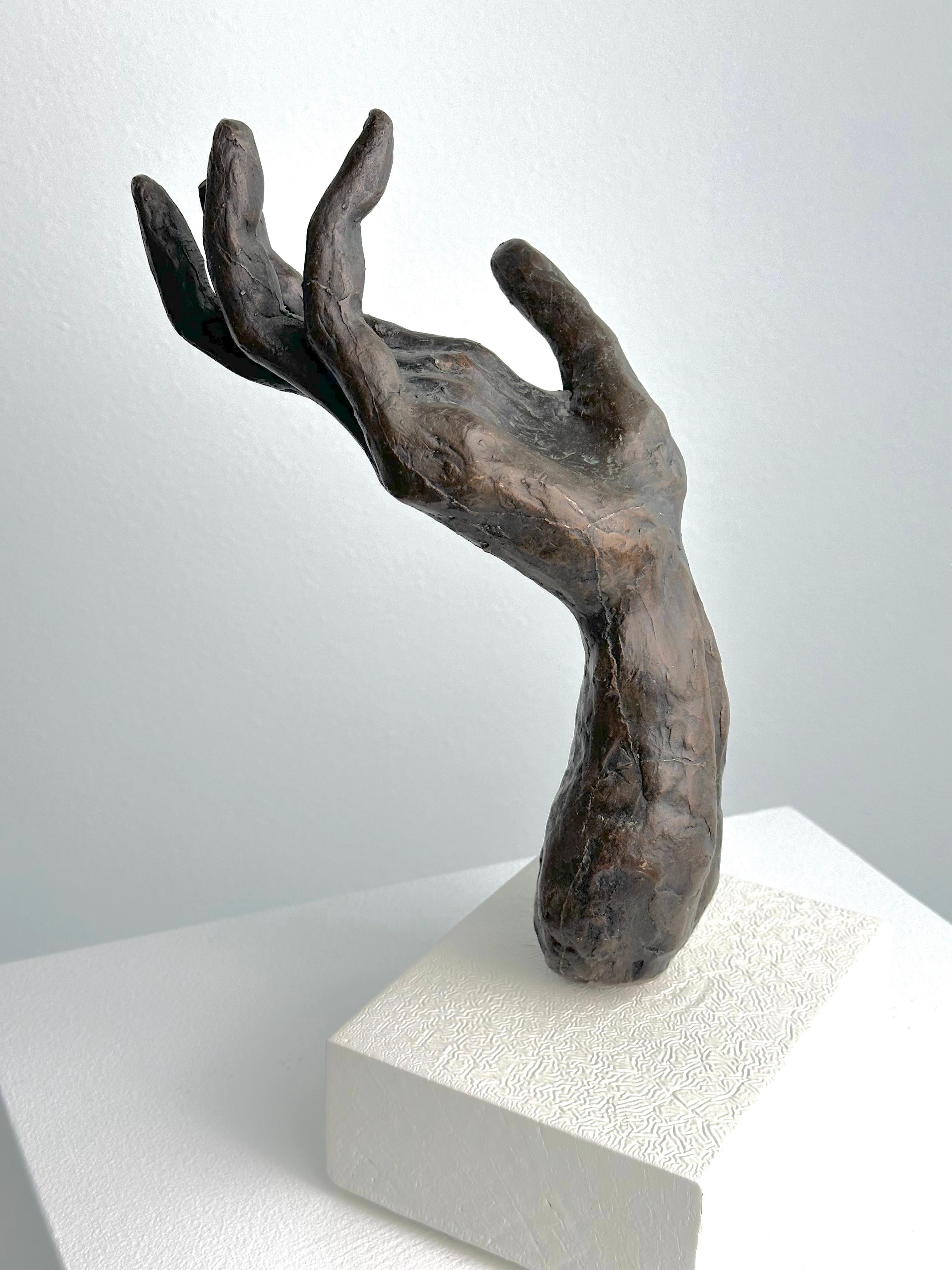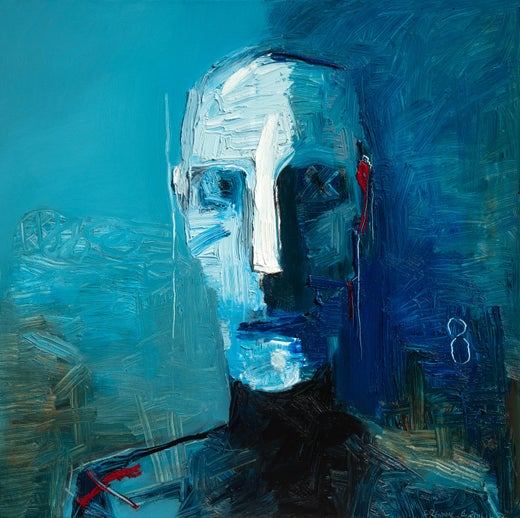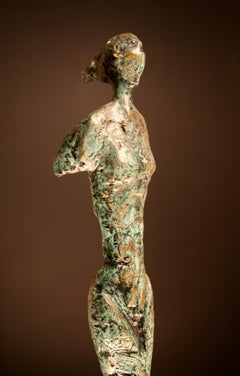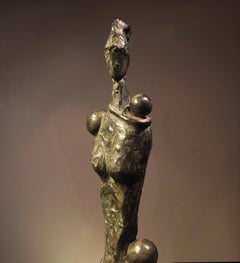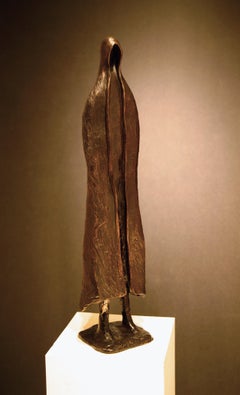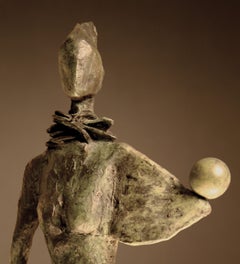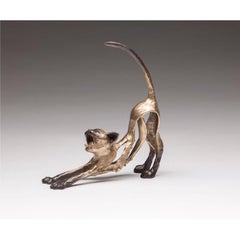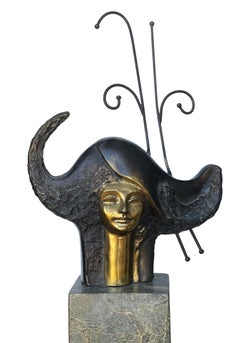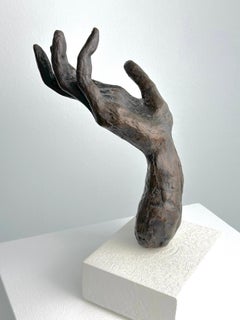Frank ArnoldWoman 22016
2016
About the Item
- Creator:Frank Arnold (1951, American)
- Creation Year:2016
- Dimensions:Height: 34 in (86.36 cm)Width: 10 in (25.4 cm)
- Medium:
- Movement & Style:
- Period:
- Condition:
- Gallery Location:Fresno, CA
- Reference Number:Seller: Woman 21stDibs: LU101213460103
Frank Arnold
Frank Arnold is one of the foremost abstract figurative painters and sculptors of our time. He is a living master whose work is considered to be both personal and universal. He divides his time between working studios in California, San Jose del Cabo and Mexico City. Arnold has exhibited his unique and expressive abstract-figurative style in multiple galleries and museums and is in numerous collections, worldwide. Much of Arnold’s work is sourced from what he refers to as his “deeper mind.” He describes this process in detail in both of his books, “Frank Arnold – Painting & Sculpture,” and a collaborative work with depth psychologist, Dr. Jim Manganiello entitled “Your Creative Imagination Unlocked.” In brief, Arnold says, “I go to a place where no words are spoken, a place where there is no sound, no smell, even my sense of touch goes away. I am left in a bright place where things seem to be given to me. It's a wonderful place where I feel I can do anything; a place that I am so grateful for because I can see.”
- ShippingRetrieving quote...Shipping from: Fresno, CA
- Return Policy
More From This Seller
View All2010s Abstract Abstract Sculptures
Bronze
2010s Abstract Abstract Sculptures
Bronze
2010s Abstract Abstract Sculptures
Bronze
2010s Abstract Abstract Sculptures
Bronze
21st Century and Contemporary Abstract Abstract Sculptures
Bronze
21st Century and Contemporary Abstract Abstract Sculptures
Bronze
You May Also Like
2010s Abstract Abstract Sculptures
Metal, Bronze
21st Century and Contemporary Abstract Expressionist Figurative Sculptures
Marble, Bronze
Mid-20th Century Abstract Expressionist Abstract Sculptures
Bronze
2010s Abstract Figurative Sculptures
Bronze
20th Century Abstract Expressionist Figurative Sculptures
Marble, Bronze
20th Century Abstract Figurative Sculptures
Bronze
